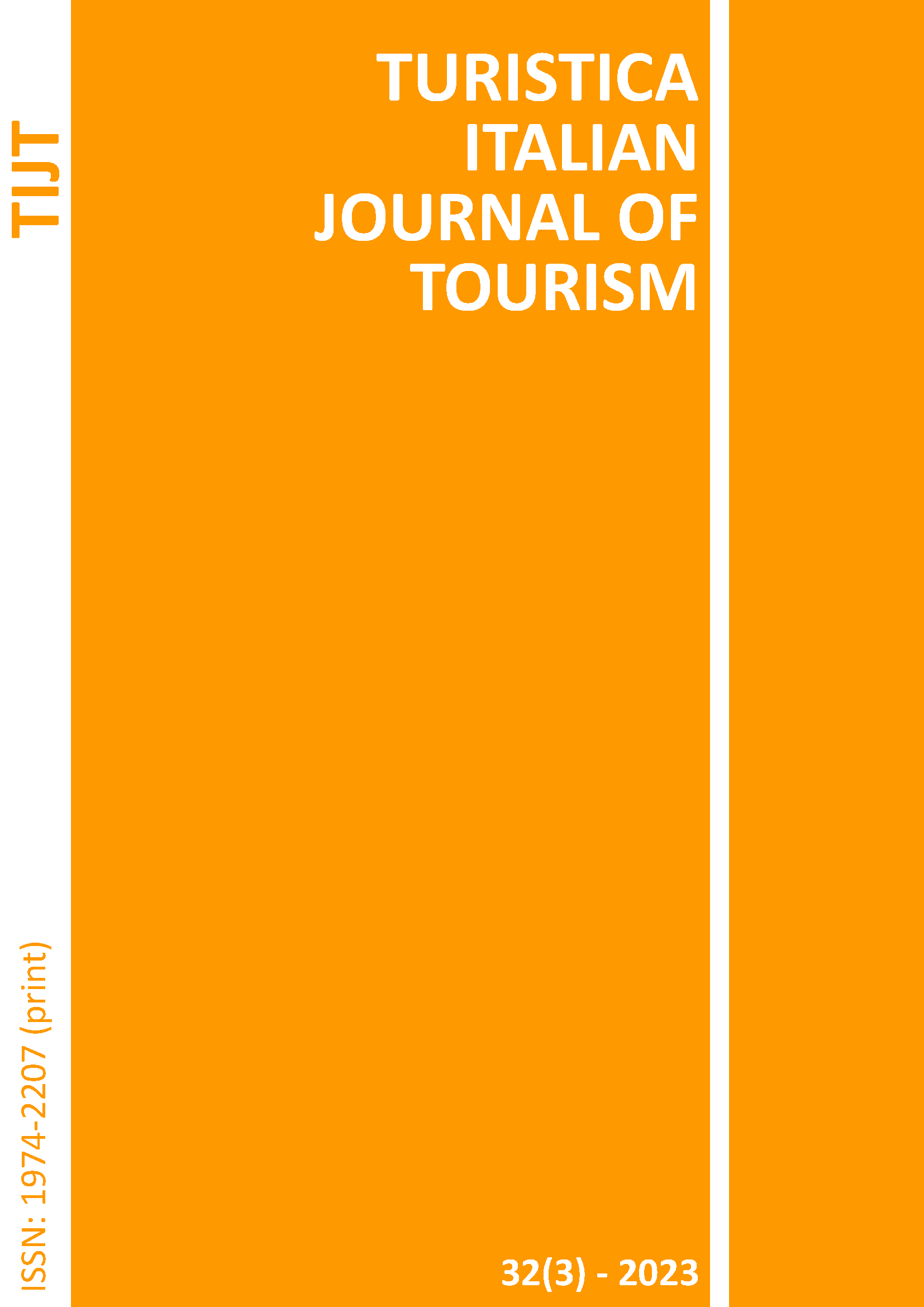Measuring Italian art cities tourism: a proposal of indicators
DOI:
https://doi.org/10.70732/tijt.v32i3.34Keywords:
art cities, cultural tourism, Museums, composite indicator, BESAbstract
In Italy, art cities have traditionally served as “magnets” for cultural tourism, significantly contributing to the country’s economic vitality. Many historic city centers are not simply “boxes” of artworks but are veritable open-air museums. In recent years, the profile of cultural and experiential visitors has increasingly oriented towards experiences that can be enjoyed individually or with family. While the traditional tourism system continues to offer conventional tourist products, it is also evolving to meet the growing demand for unique and unforgettable experiences. This represents new challenges for destination areas that seek to improve services and create attractions that can meet this emerging new audience. The objective of this work is to propose a composite indicator that measures the tourism potential of these art cities, drawing upon existing tourism indexes in the literature and equitable and sustainable well-being (BES) indicators, such as the domains of “landscape and cultural heritage” and “environment”. The decision to employ these indicators stems from their considerable relevance in a country like Italy, as well as the specific focus of our study. Additionally, we developed a ranking of Italian art cities, enabling us to determine their relative levels of attractiveness. To achieve this, a panel of Italian provincial capitals was selected, each with at least one museum and a UNESCO site. The composite indicator developed, which also considers social and environmental perspectives, represents an alternative quantitative approach to assessing the attractiveness of art cities. The underlying principle is that, in the ever-evolving scene of cultural tourism, beyond the indispensable role played by artistic and cultural heritage, the impact of scenic landscapes on people's quality of life and its connection to individual well-being plays a crucial role. This indicator could provide territorial planning professionals with statistical tools capable of identifying the strengths and weaknesses of the tourism offer of those cities that set themselves the goal of being a privileged place of artistic tourist attraction. The proposed composite indicator should make it possible to comprehend whether and how to develop paths to enhance the entire artistic heritage, while also considering the well-being of visitors.
Downloads
Published
Issue
Section
Categories
License
Copyright (c) 2024 Giuseppe Avena, Romana Gargano

This work is licensed under a Creative Commons Attribution-NonCommercial-NoDerivatives 4.0 International License.
Turistica - Italian Journal of Tourism applies the Creative Commons Attribution (CC BY) license to everything we publish. Developed to facilitate Open Access, this license lets authors maximize the impact or their research by making it available for anyone, anywhere in the world to find, read and reuse. Under this license, authors agree to make articles legally available for reuse, without permission or fees, for virtually any purpose. Anyone may copy, distribute, or reuse these articles, as long as the author and original source are properly cited.

